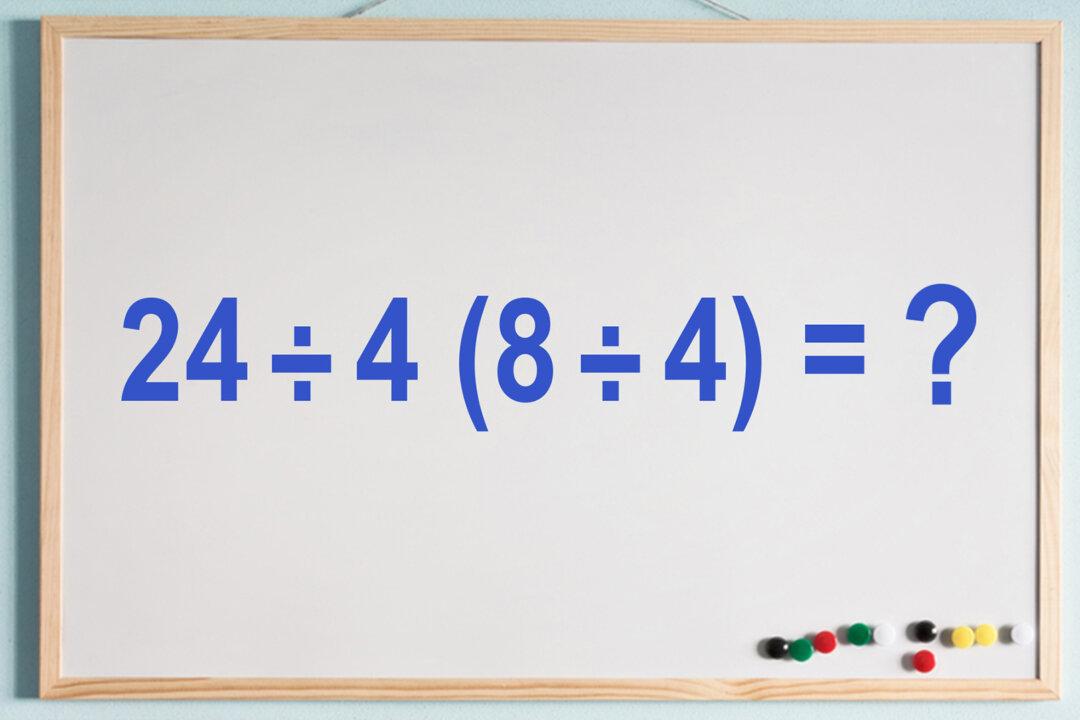Not everyone has the most pleasant memories of math class. Whether it was solving painstaking algebra equations, figuring out how polynomials work, or understanding complex geometry formulas, math can be an unforgiving subject to learn.
Today, we have something simpler to tease your brain, and that might be the perfect way to amuse yourself on your coffee break.






